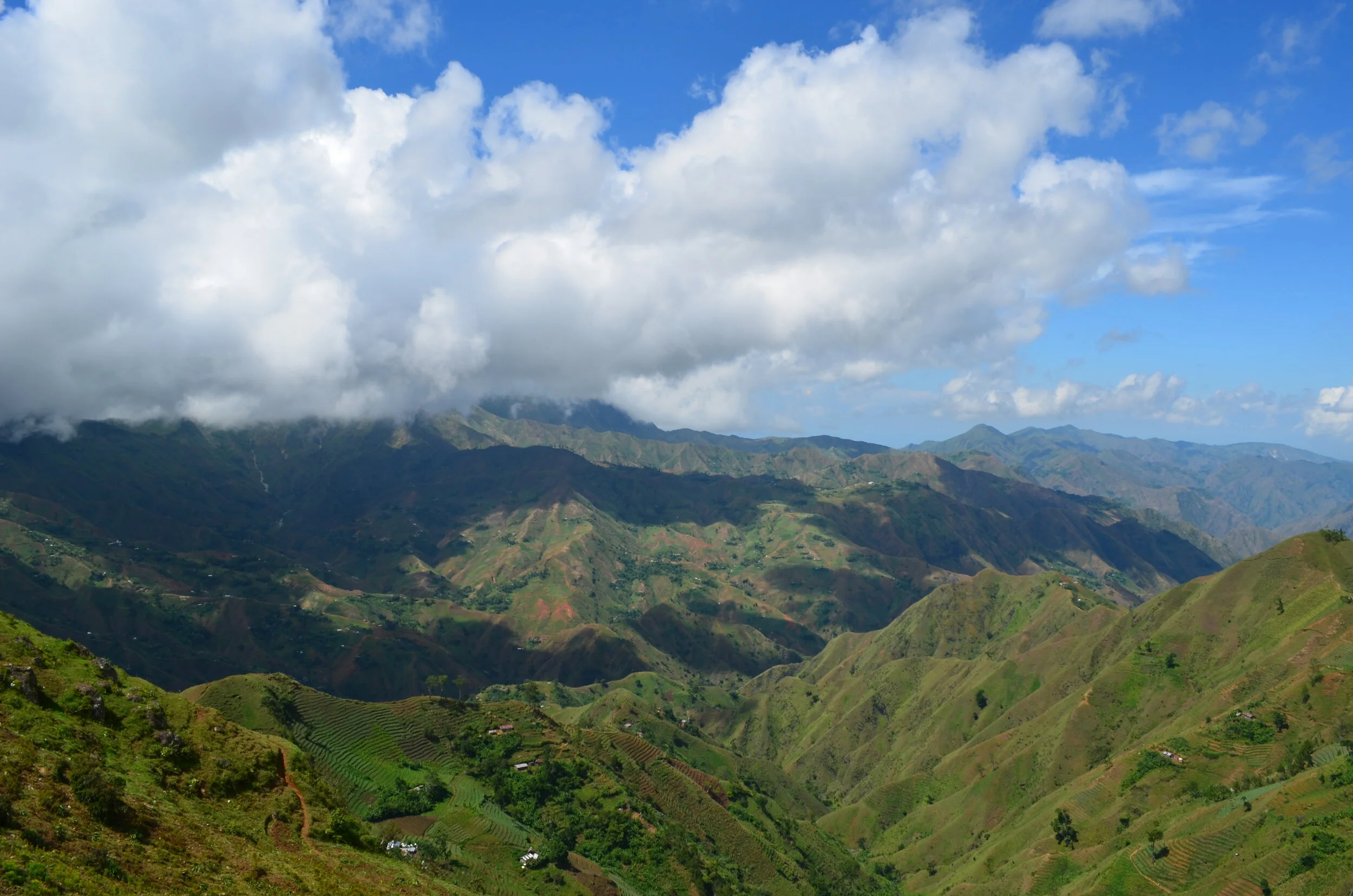Curtis’s Botanical Magazine is an illustrated publication that began in 1787 and is still published today. The Magazine is published by Kew Gardens and is the oldest and most widely cited work of its kind. Plumeria first appeared in the Magazine in 1794 by William Curtis and three more taxa appeared in the 19th century. The first Caribbean endemic species of Plumeria to be featured in the Magazine is Plumeria filifolia, a thin-leaved species from Cuba.
Read MoreBotanical gardens are urban havens and not only pillars for conservation, education, and research but also for exploration. Fairchild Tropical Botanic Garden (FTBG) was founded in 1938 and named after famous plant explorer, Dr. David Fairchild. Fairchild was a meticulous record keeper and the Fairchild Archives hold many historical documents and photos related to his travels. I was curious if there were any photographs or records of Fairchild collecting wild Plumeria, commonly known as frangipani, in any of his travels, so several students who have been working with my advisor in the archives agreed to see what they could find.
Read More
Yesterday was International Mountain Day, as observed by the United Nations. I love this year’s theme: Mountains Matter for Youth. Our youth are the future leaders of tomorrow. Education, not only on the importance of mountains, but on all natural ecosystems and the biodiversity that they contain has been a large part of my daily inspiration. When I first saw that mountains were being celebrated, I thought of all of the mountainsides where I have looked for wild growing Plumeria, particularly in Haiti.
Read MoreThere was a time when many Americans didn’t know what a soybean or a zucchini looked like. Dinner plates were filled with corn, potatoes, cheese, grains and meat—pretty drab. The rainbow of foods that we eat now can be traced back to the self-deemed ‘agricultural explorer’ David Fairchild. David Stone’s book “The Food Explorer” eloquently details the life and travels of Fairchild as he brought many of the plants that are common to our diets today. The book is a colorful and fascinating narrative of the life of a man who lived in an age where Americans were eating purely for subsistence, who traveled the world to bring flavor and spice and diversity into our diets.
Read MoreI am happy to announce that a paper that I have been working on for many years has finally been published in Brittonia this past week! The paper focuses on ten species in the genus Miconia (Melastomataceae), the largest genus in the family. These ten species all occur in the northern Andes in Colombia and Venezuela and the Sierra Nevada de Santa Marta and Coastal Cordillera of Venezuela, with one species endemic to Jamaica. This study illustrates the importance of field and herbarium collections. Herbaria document the world’s flora and provide a permanent record of botanical diversity. This is particularly important for endangered and threatened species such as those in the Miconia ulmarioides complex.
Read More



